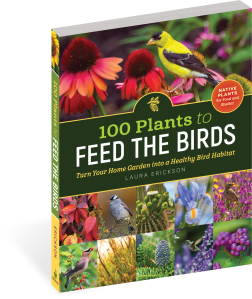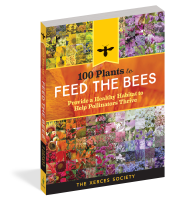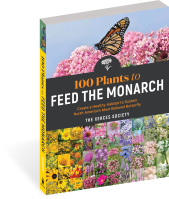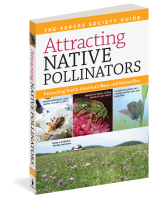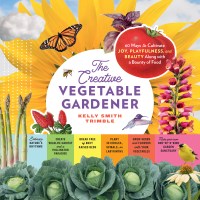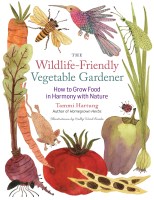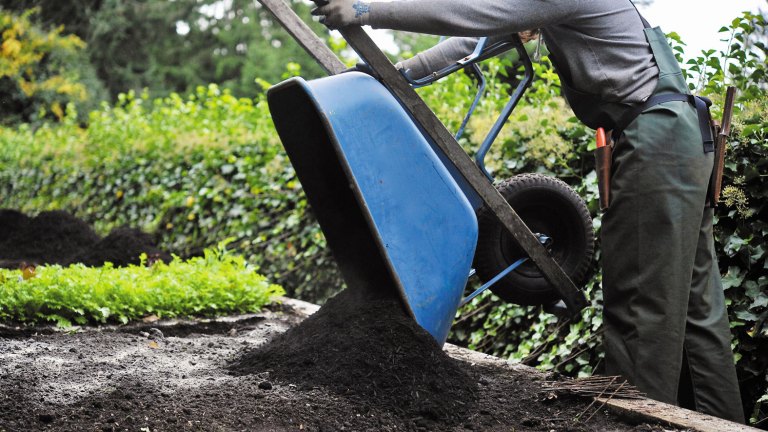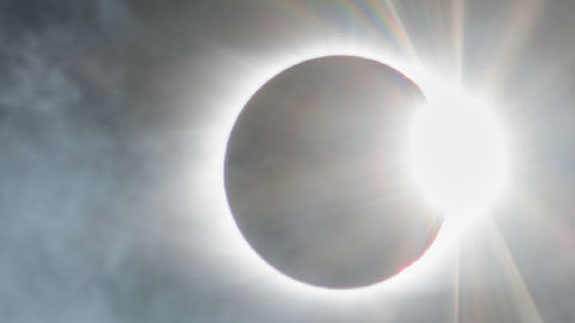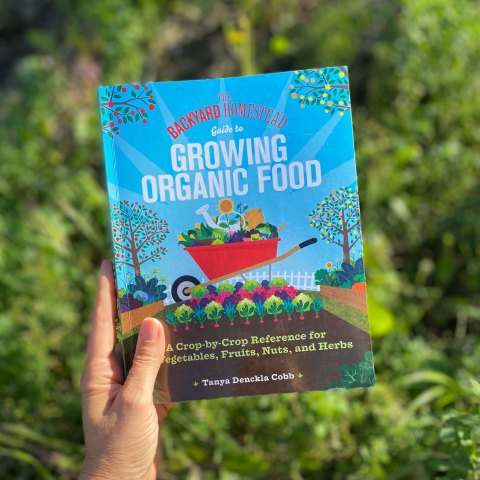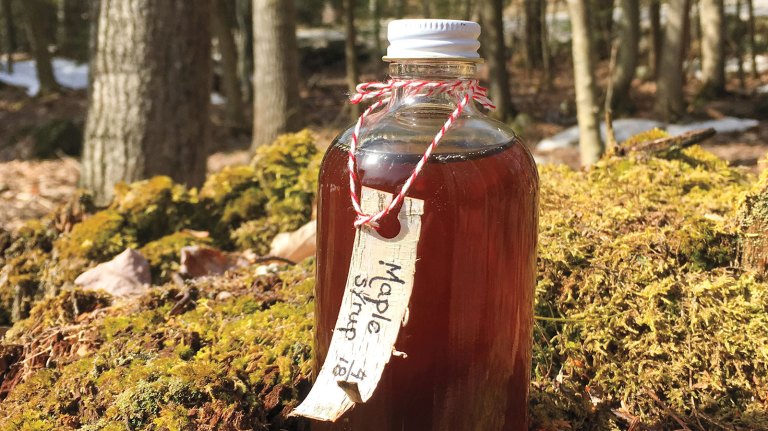Birdscaping Your Backyard
Before you start planting for birds, consider the space you have and the species you hope to support with this expert advice from Laura Erickson.
Creating a welcoming yard for birds means thinking about time as well as space, and taking a good look at the bird-friendly features you might provide.
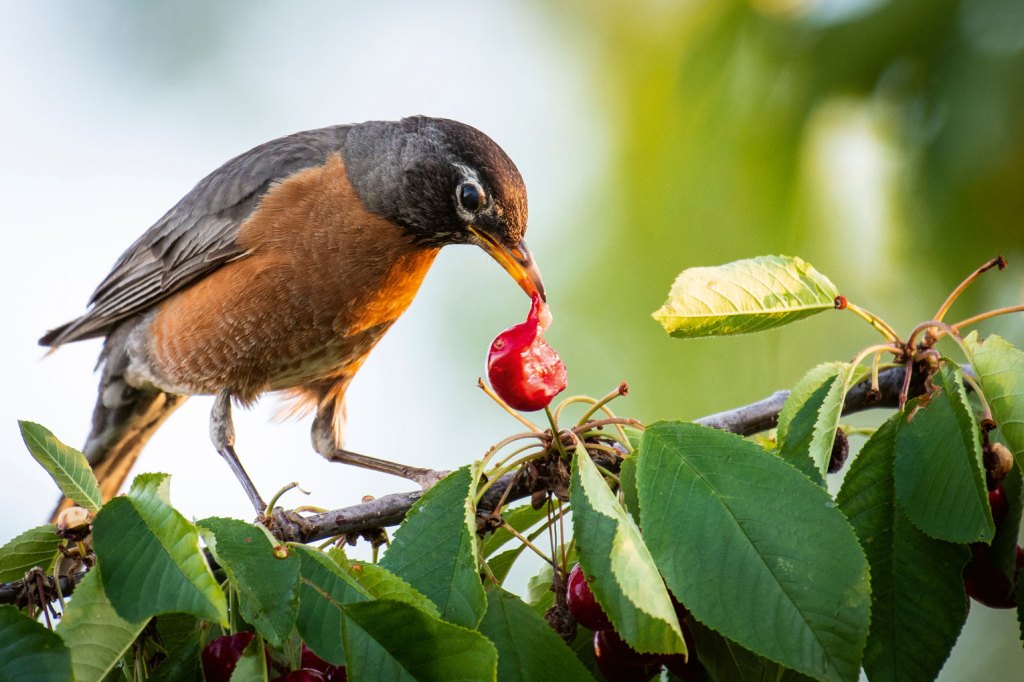
Meeting Seasonal Needs
As you look through the plant choices in 100 Plants to Feed the Birds, think about the birds you hope to attract throughout the year, and the plants that will best suit their needs.
Winter Browsers
- Do waxwings, Pine Grosbeaks, robins and thrushes, and other berry-eating species winter near you?
- How about grouse and other birds that feed on catkins and buds?
- Do you have any thick conifers to provide shelter during blizzards and ice storms?
- Are there large shade trees into which woodpeckers can carve roost cavities?
Spring Nesters
- As winter releases its hold, willows often provide the first food for early spring migrants. Which flowers open first in your area?
- Will there be berries for catbirds, thrashers, robins, thrushes, orioles, and other fruit lovers?
- Are there vines and shrubs to provide cover for nesting birds?
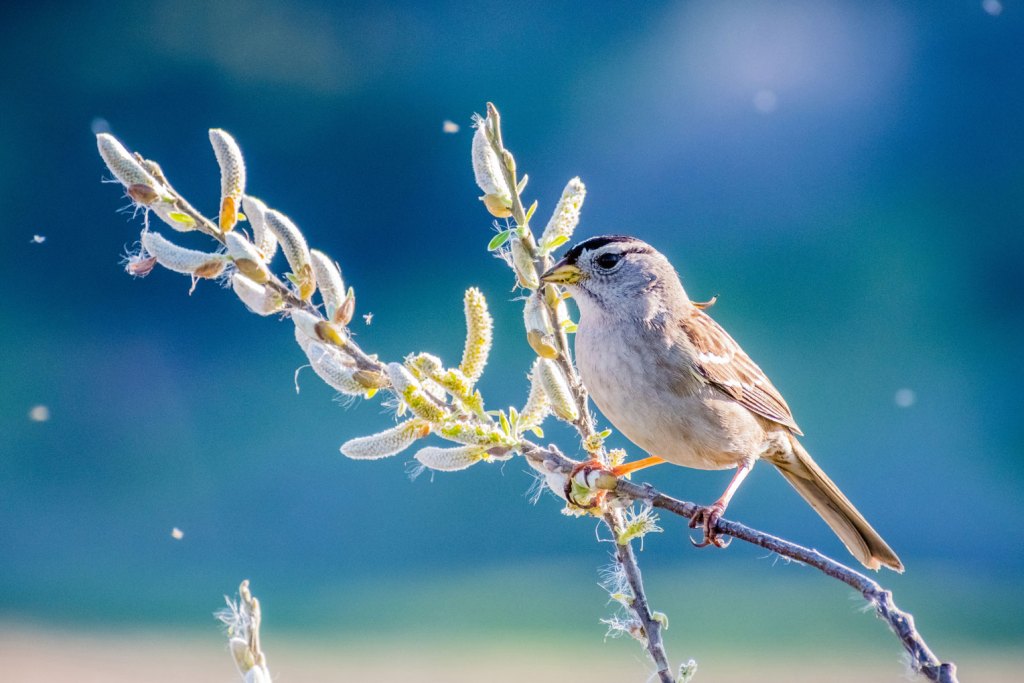
Hummers, Singers, and Travelers
- Hummingbirds and just about all songbirds feed insects to their young. Do you have a good assortment of plants that host an abundance of insects?
- As flycatchers, kinglets, warblers, and other insectivores pass through in spring and fall, do you have plants that support plenty of insects to feed them?
- As summer wanes, are there good sources of seeds and berries as well as insects to sustain migrating birds?
Taking a Bird’s-Eye View
As you see how well native plants provide for birds, you may want to grow even more of them, little by little reducing the amount of space devoted to lawn, which offers native birds virtually no benefits. You may also find areas of your yard where neatness isn’t important, where tangles of shrubs and brush piles can provide nesting areas and, during migration, cover for visiting songbirds when hawks fly over.
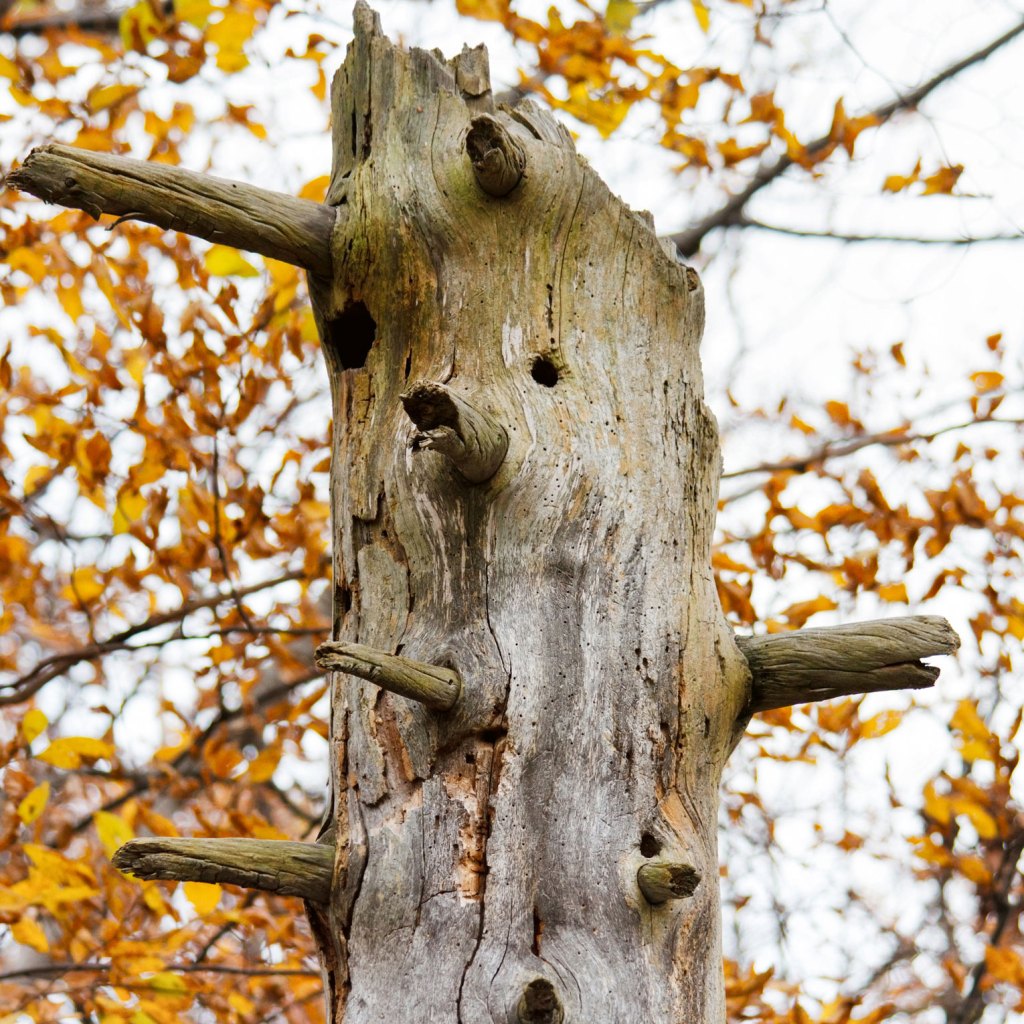
Think long term about your landscape. As time goes by and trees die, you may want to leave them standing for a few years (if they don’t pose a danger to people or buildings) to provide insects and cavities for woodpeckers and good lookout perches for flycatchers and waxwings. Once they do topple, edge your garden beds with the fallen limbs and trunks to offer more dining opportunities for woodpeckers.
Water: At Least as Vital as Food
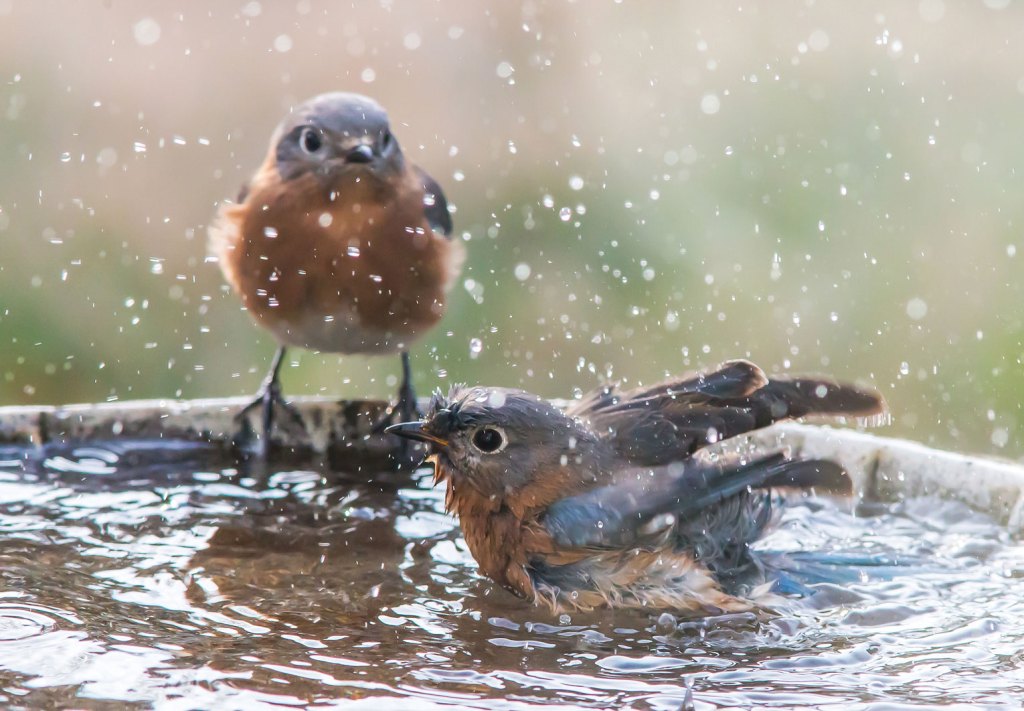
Just about anywhere, water features and birdbaths are extremely attractive for birds. Indeed, the best opportunities for closeup photography of warblers and other nonfeeder birds are often at birdbaths and small backyard ponds. To provide these ethically in areas of water shortages, you must be careful to follow the spirit as well as the letter of local water conservation ordinances.
Excerpted and adapted from 100 Plants to Feed the Birds © Laura Erickson.
